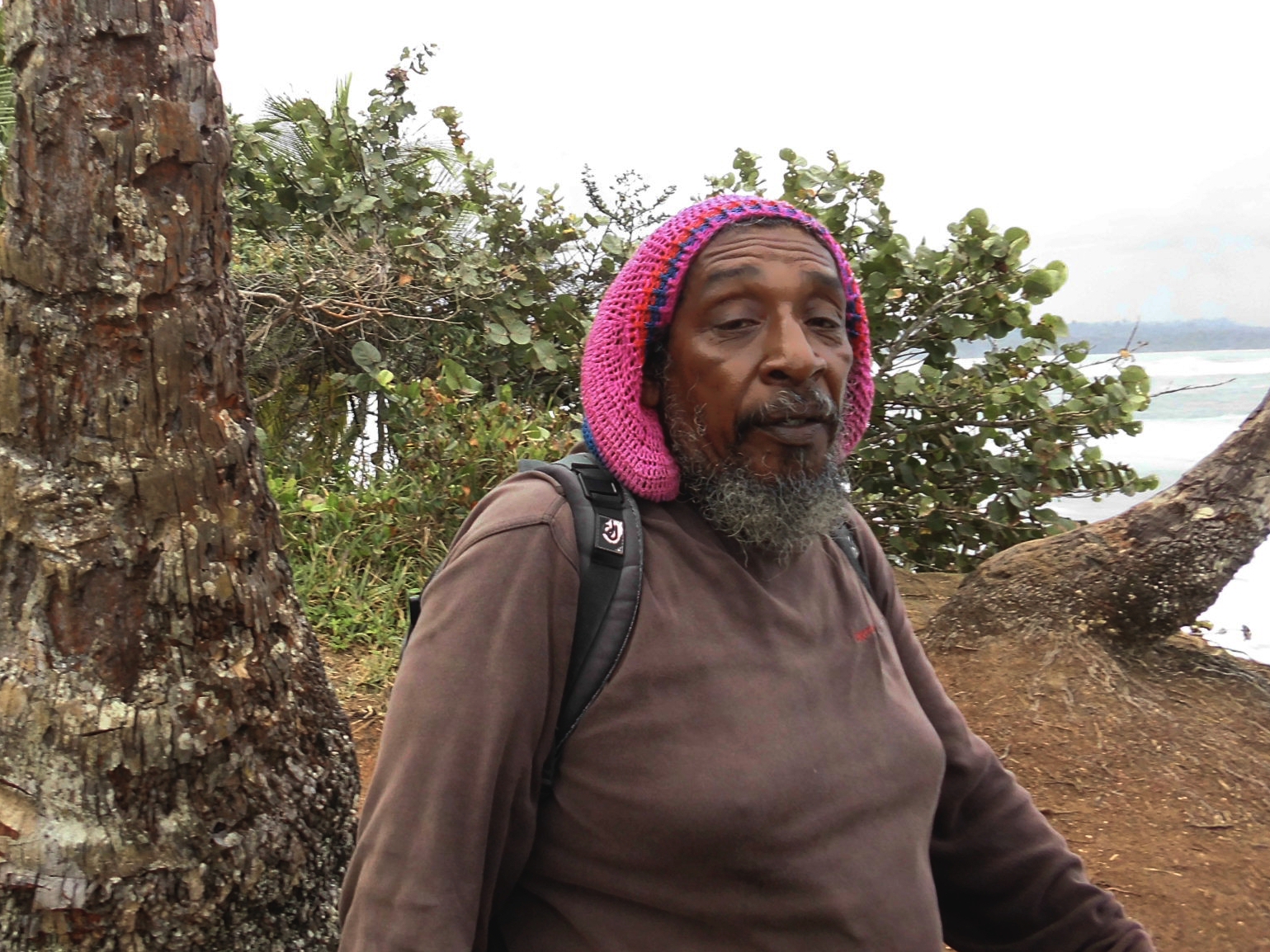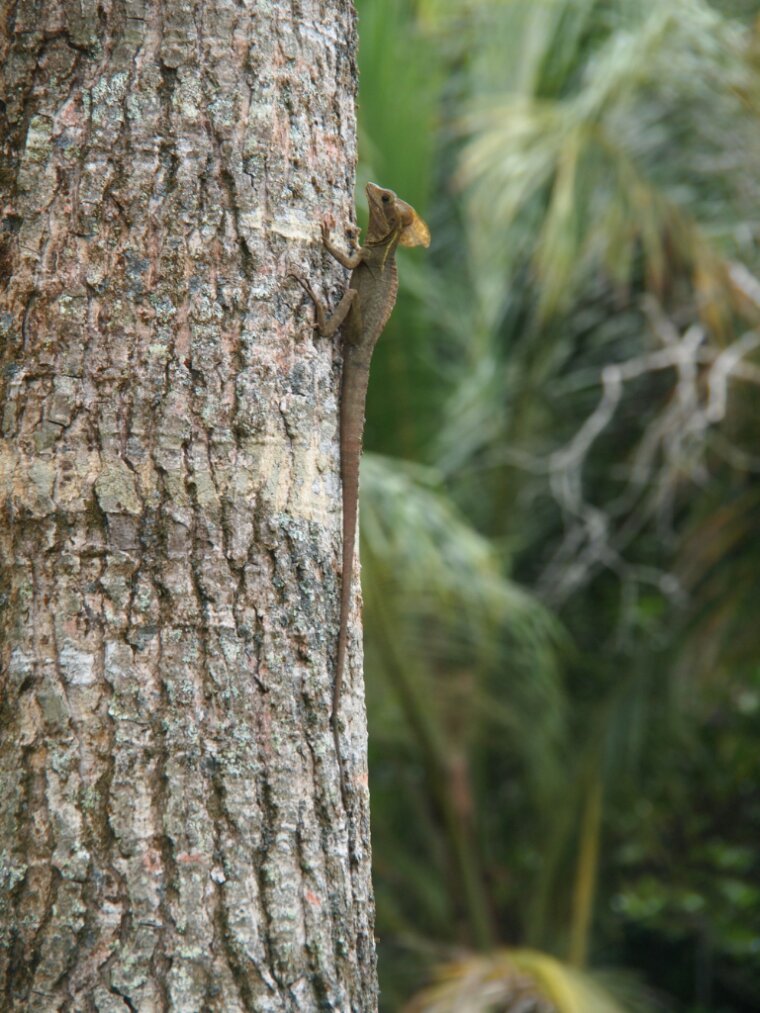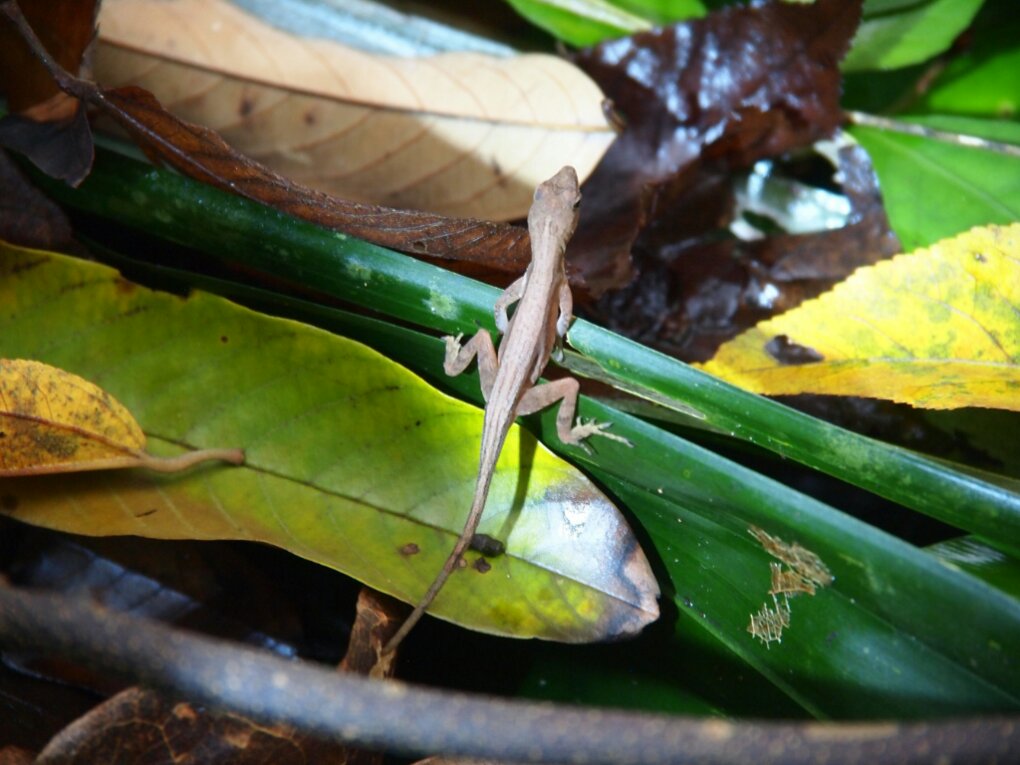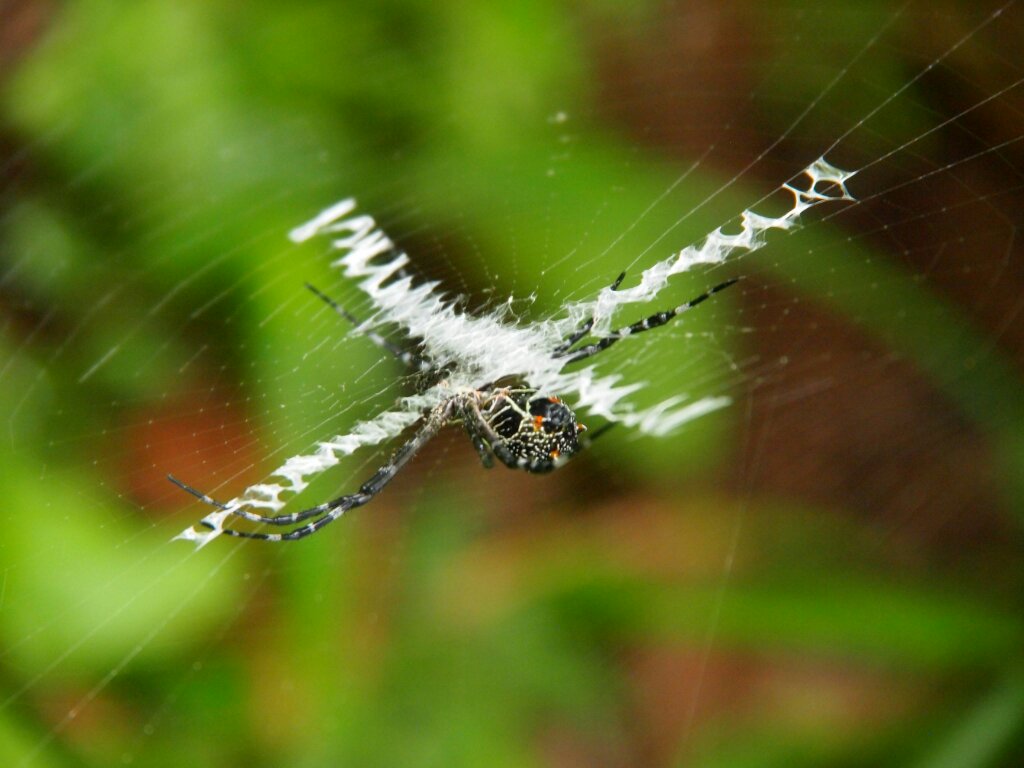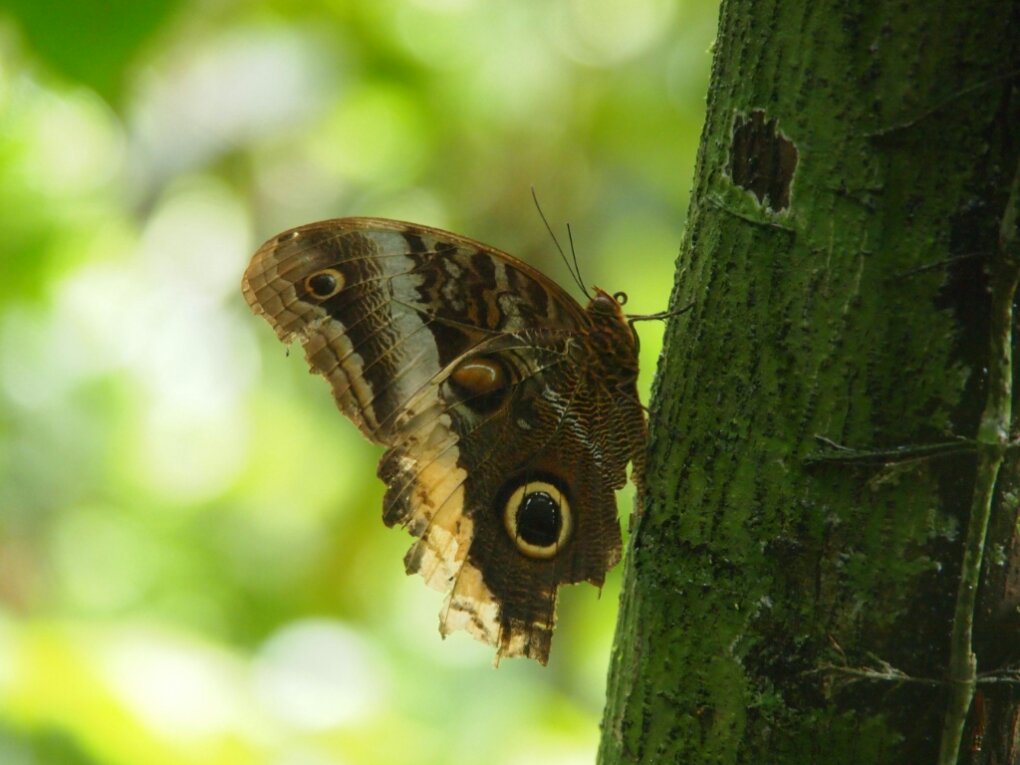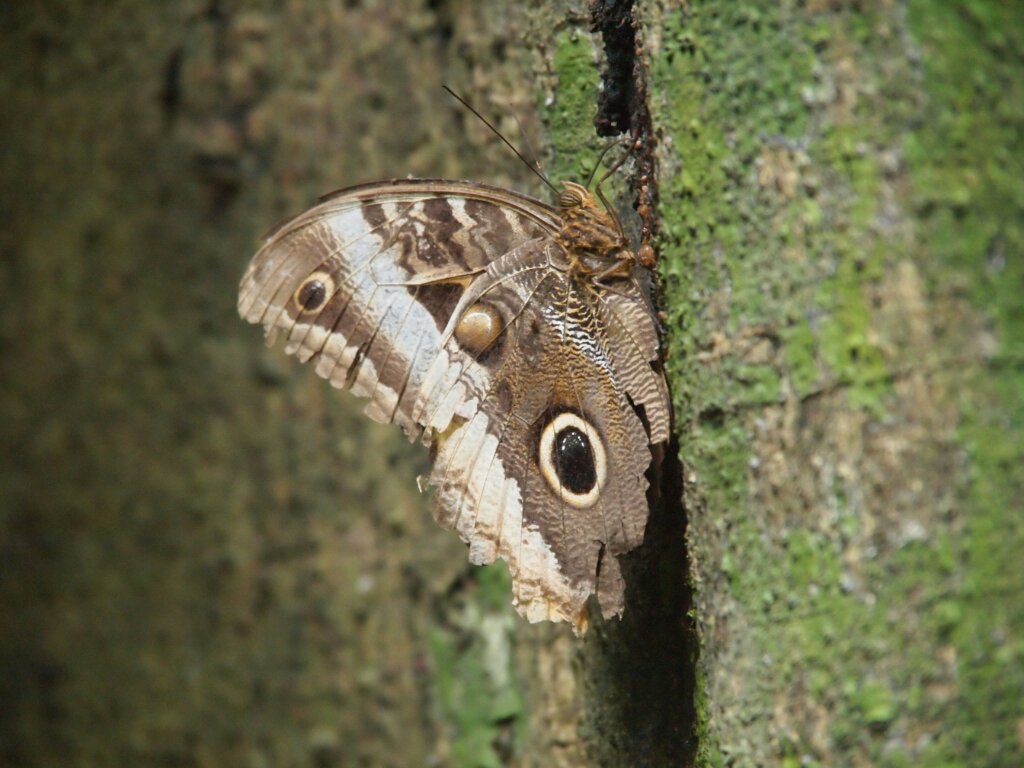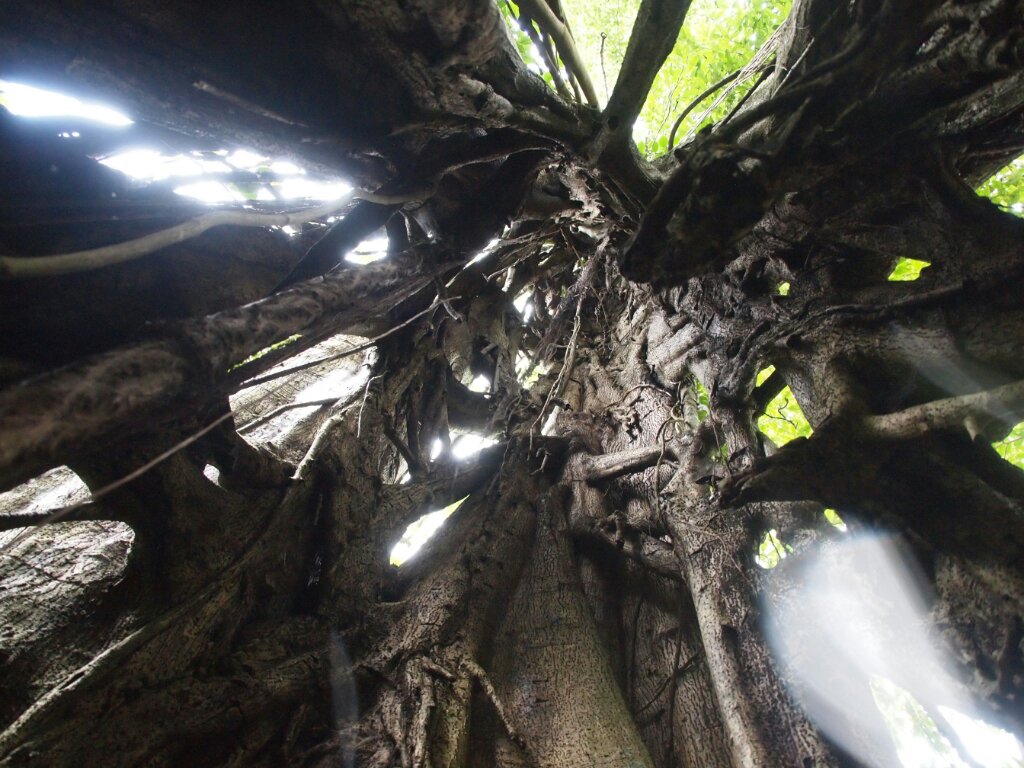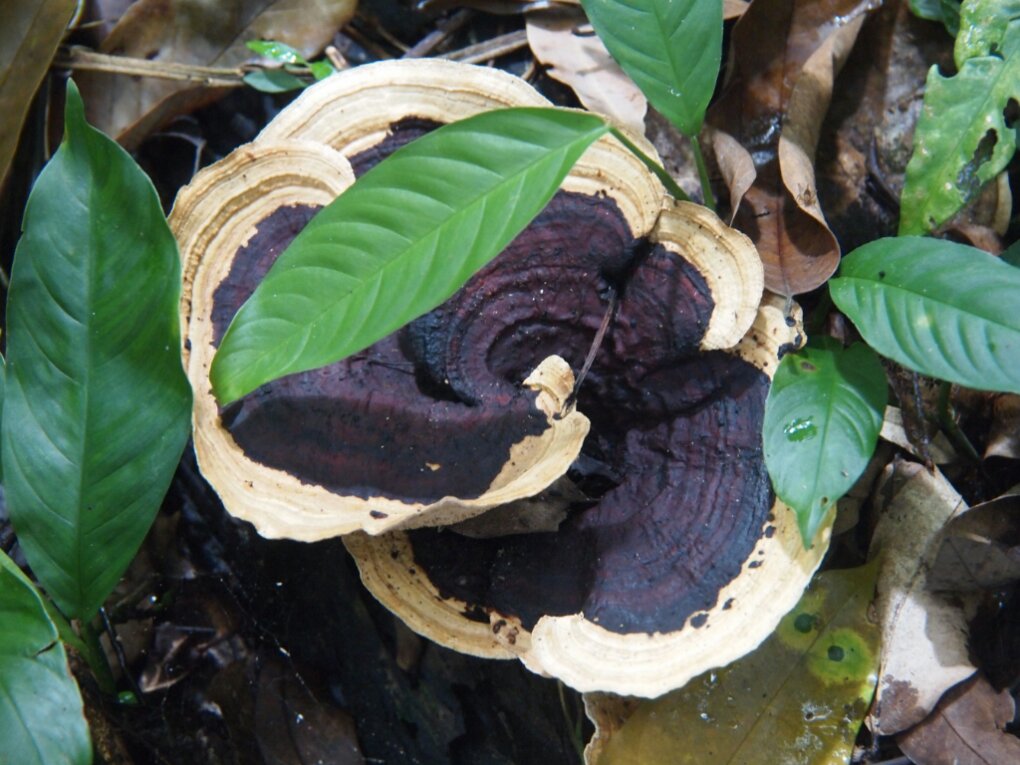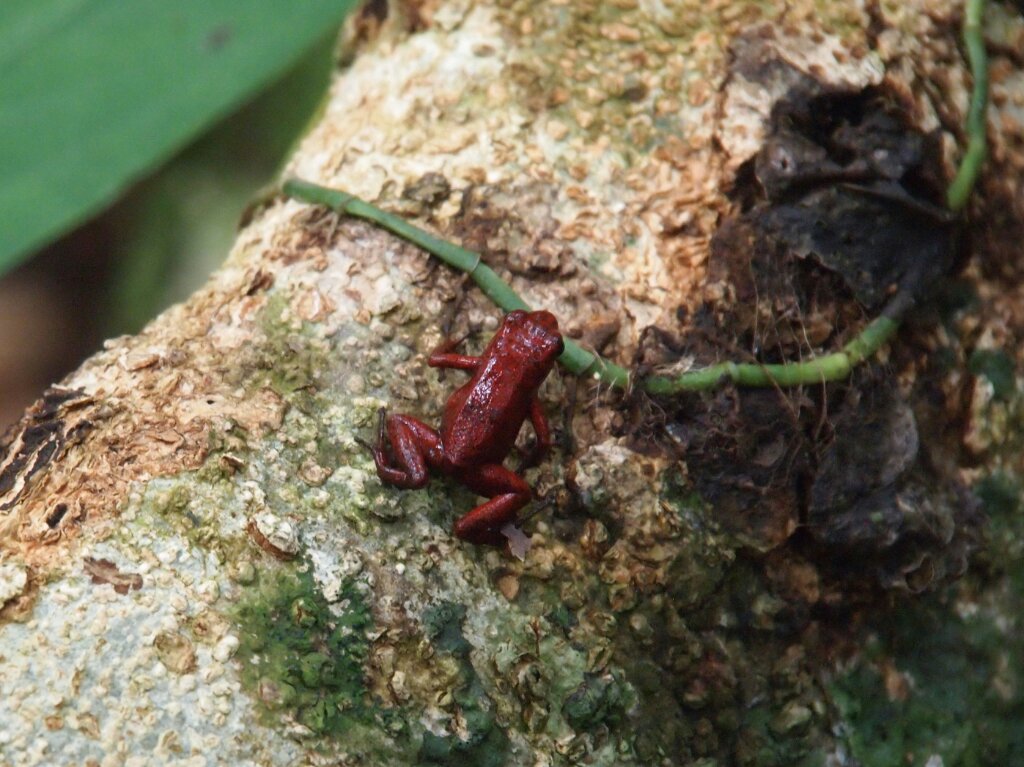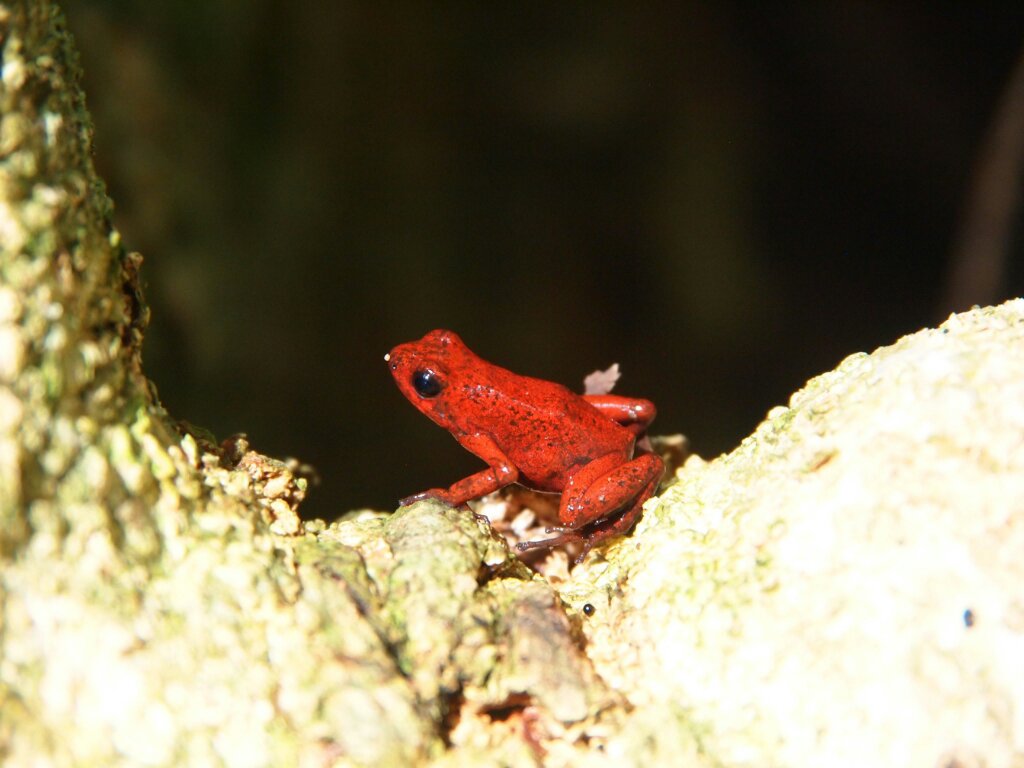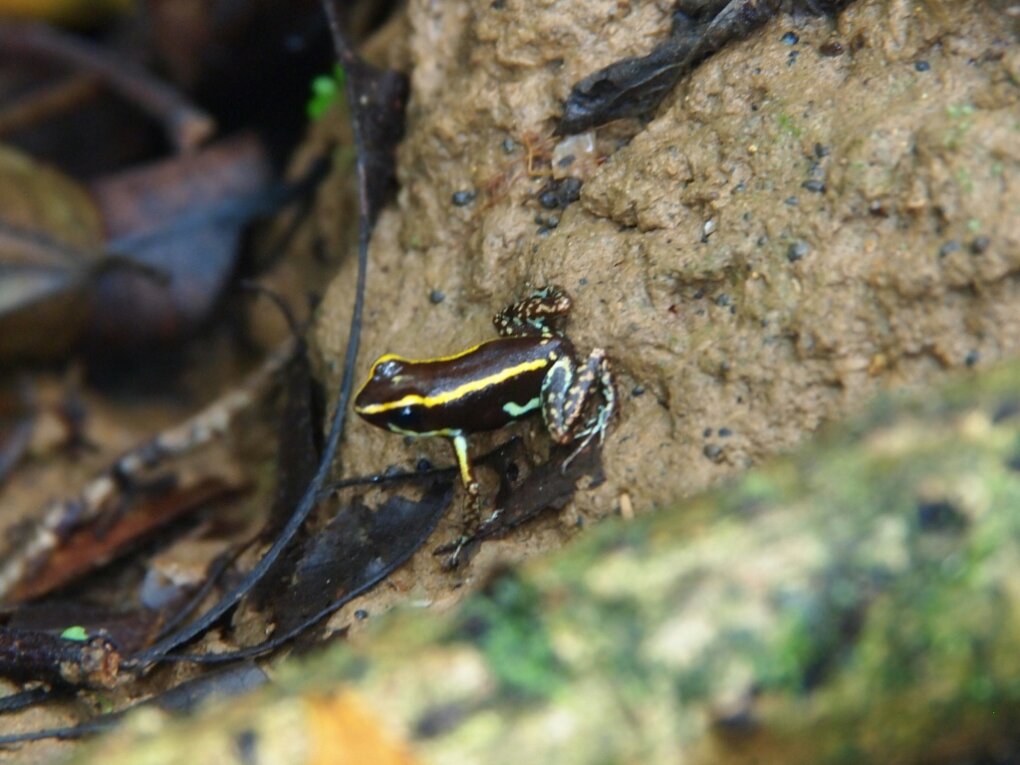Why the Manzanillo National Park
Now we are back and already traveled almost 1.5 weeks across Costa Rica and have not seen the "national animal" the frog. There was on the West Coast was the dry season, the colorful little things are not really to be found, but they had given us the tip, but our happiness in times National Wildlife Refuge Gandoca Manzanillo to try and since we already had before to look at the Caribbean coast, this fitted in well with our plans.
Already in Corcovado National Park, we found that we're screwed without a guide in the rainforest. You would then have to give it night not extend to or be concerned to meet unknown perhaps poisonous animals that you do not happen to look for what you want to see!
That is why we booked here in Manzanillo a guided half-day tour and we got one of the most best guides in the area, Ricky, who is descended from the indigenous people of Costa Rica.
Again, we met again to the Jesus Christ lizard with its cool mohawk look.
And in the rest of the bushes as always cavorted any amount of other reptiles and insects .... like this little gecko or this spider with its beautiful network.
Also this Bananenfalter-couple we discovered on a tree. Both males and females are characterized by the dark eye spot on the up to 10 cm large wings.
It was very interesting to go into a hollowed out tree and see from the inside how high it actually is.
I can not actually see the rain forest and tired so I could walk long hours and photograph the smallest details, like this mushroom for example.
The "poison dart frogs"
But now we come to the real stars of the hike, the frogs!
Erroneously, most of these frogs are known as poison arrow frogs although the natives of these regions used the poison of 3 types for their arrows. There are various Variantes the poison known, such as batrachotoxin, a cramp poison, which leads to muscle and respiratory paralysis, which can result in severe cases in humans in 20 minutes to death.
The second conspecific, the Phyllobates lugubris, referred to in German as the Dusky Leaf Steiger can match the colors forth with his colleagues, although this species is relatively non-toxic.
Costa Rica was the first goal of my trip around the world well chosen sure as many Wild Animals I'll probably see in any other country. The Manazanillo National Parks is therefore recommended because you can see him well within a day or half-day excursion and the paths without much physical effort are well accessible.

